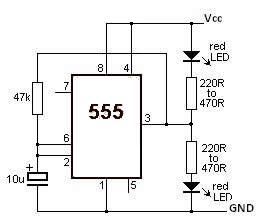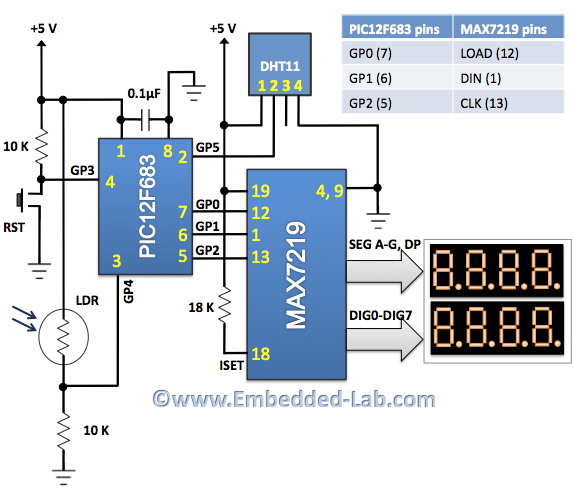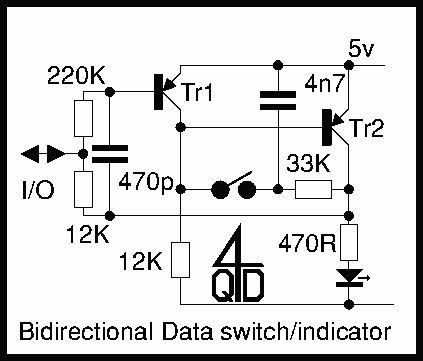
ssl3250a photo flash led driver

This device offers an extended battery life and operates with low power consumption. Additional features include battery and LED overload protection, seamless operation with safeguards against overtemperature, overvoltage, a timeout function, undervoltage lockout, and feedback short-circuit protection.
The device is designed to ensure reliability and longevity through various protective mechanisms. The long battery life is achieved by utilizing energy-efficient components and circuitry that minimizes power strain during operation. The overload protection for both the battery and the LED is critical in preventing damage from excessive current, which can lead to overheating and failure.
The overtemperature protection feature is implemented through thermal sensors that monitor the device's operating temperature. If the temperature exceeds a predetermined threshold, the device will automatically shut down or reduce power to prevent damage. Similarly, the overvoltage protection circuit ensures that the device operates within safe voltage limits, thereby safeguarding sensitive components.
The timeout function is an essential feature that helps to conserve battery life. If the device is inactive for a specified period, it will enter a low-power state or shut down to prevent unnecessary energy consumption. The undervoltage lockout feature is designed to protect the battery from being discharged below a critical level, which can lead to irreversible damage. This function disconnects the load when the battery voltage falls below a set point.
Feedback short-circuit protection is another important aspect of the device's design. This feature detects any short circuits that may occur in the output circuitry and immediately disconnects the load to prevent damage to the device and connected components. Overall, these features collectively enhance the device's performance and reliability, making it suitable for various applications where efficient power management and protection are paramount.This device has long battery life and low power strain. Another features that this device has are protecting the battery and LED from overloading, trouble free operation such as overtemperature, over voltage, time-out function, undervoltage lockout, and feedback shorted protection. 🔗 External reference
The device is designed to ensure reliability and longevity through various protective mechanisms. The long battery life is achieved by utilizing energy-efficient components and circuitry that minimizes power strain during operation. The overload protection for both the battery and the LED is critical in preventing damage from excessive current, which can lead to overheating and failure.
The overtemperature protection feature is implemented through thermal sensors that monitor the device's operating temperature. If the temperature exceeds a predetermined threshold, the device will automatically shut down or reduce power to prevent damage. Similarly, the overvoltage protection circuit ensures that the device operates within safe voltage limits, thereby safeguarding sensitive components.
The timeout function is an essential feature that helps to conserve battery life. If the device is inactive for a specified period, it will enter a low-power state or shut down to prevent unnecessary energy consumption. The undervoltage lockout feature is designed to protect the battery from being discharged below a critical level, which can lead to irreversible damage. This function disconnects the load when the battery voltage falls below a set point.
Feedback short-circuit protection is another important aspect of the device's design. This feature detects any short circuits that may occur in the output circuitry and immediately disconnects the load to prevent damage to the device and connected components. Overall, these features collectively enhance the device's performance and reliability, making it suitable for various applications where efficient power management and protection are paramount.This device has long battery life and low power strain. Another features that this device has are protecting the battery and LED from overloading, trouble free operation such as overtemperature, over voltage, time-out function, undervoltage lockout, and feedback shorted protection. 🔗 External reference





